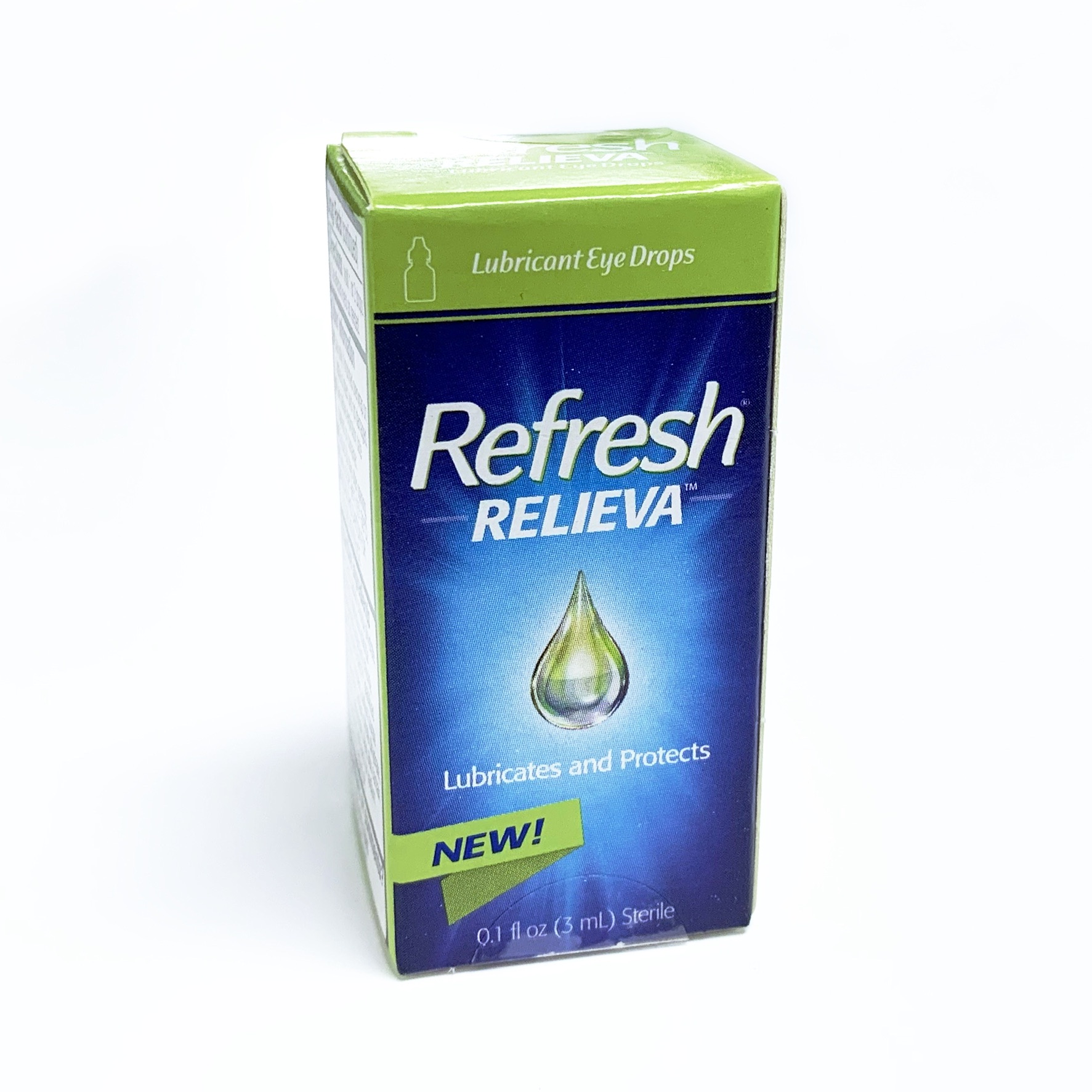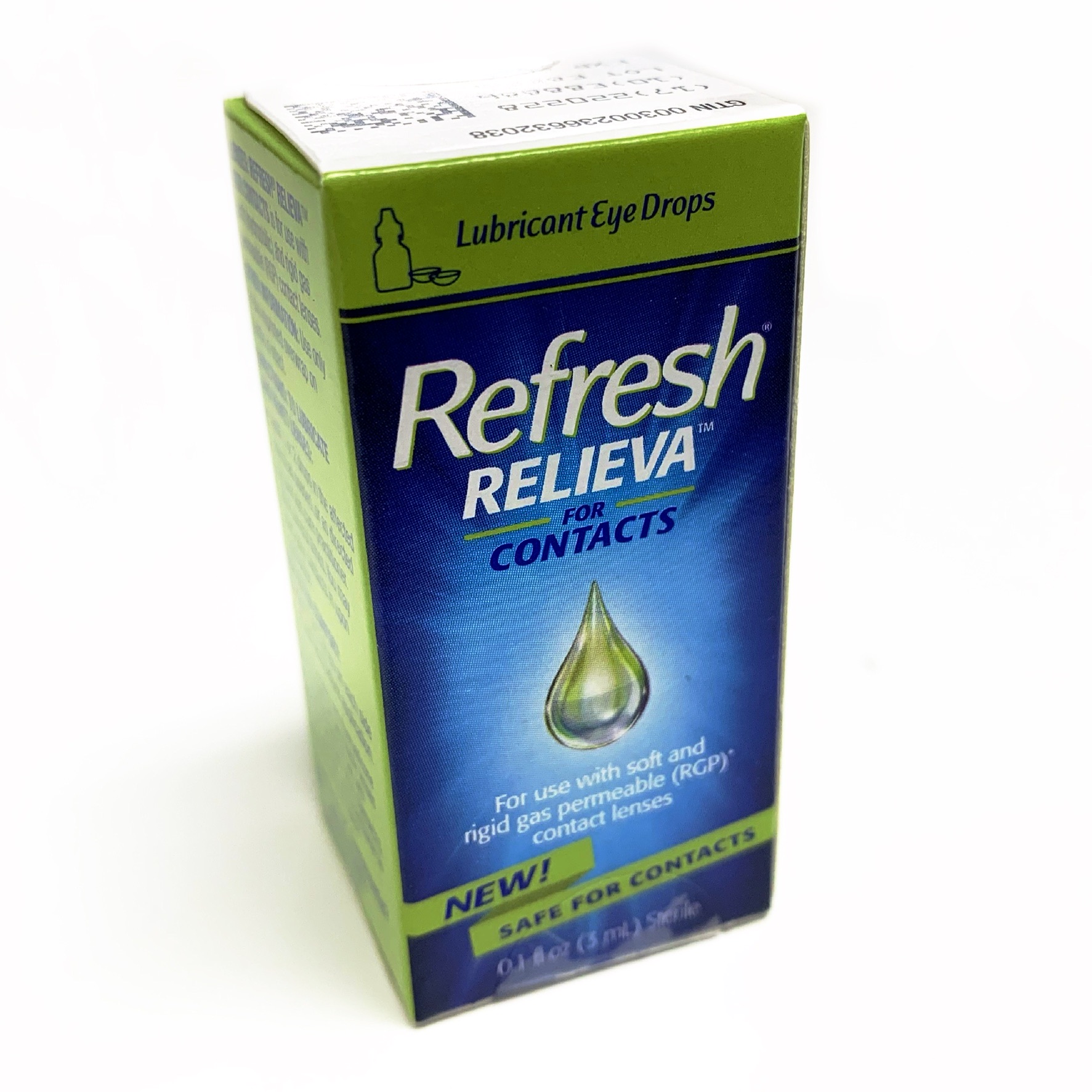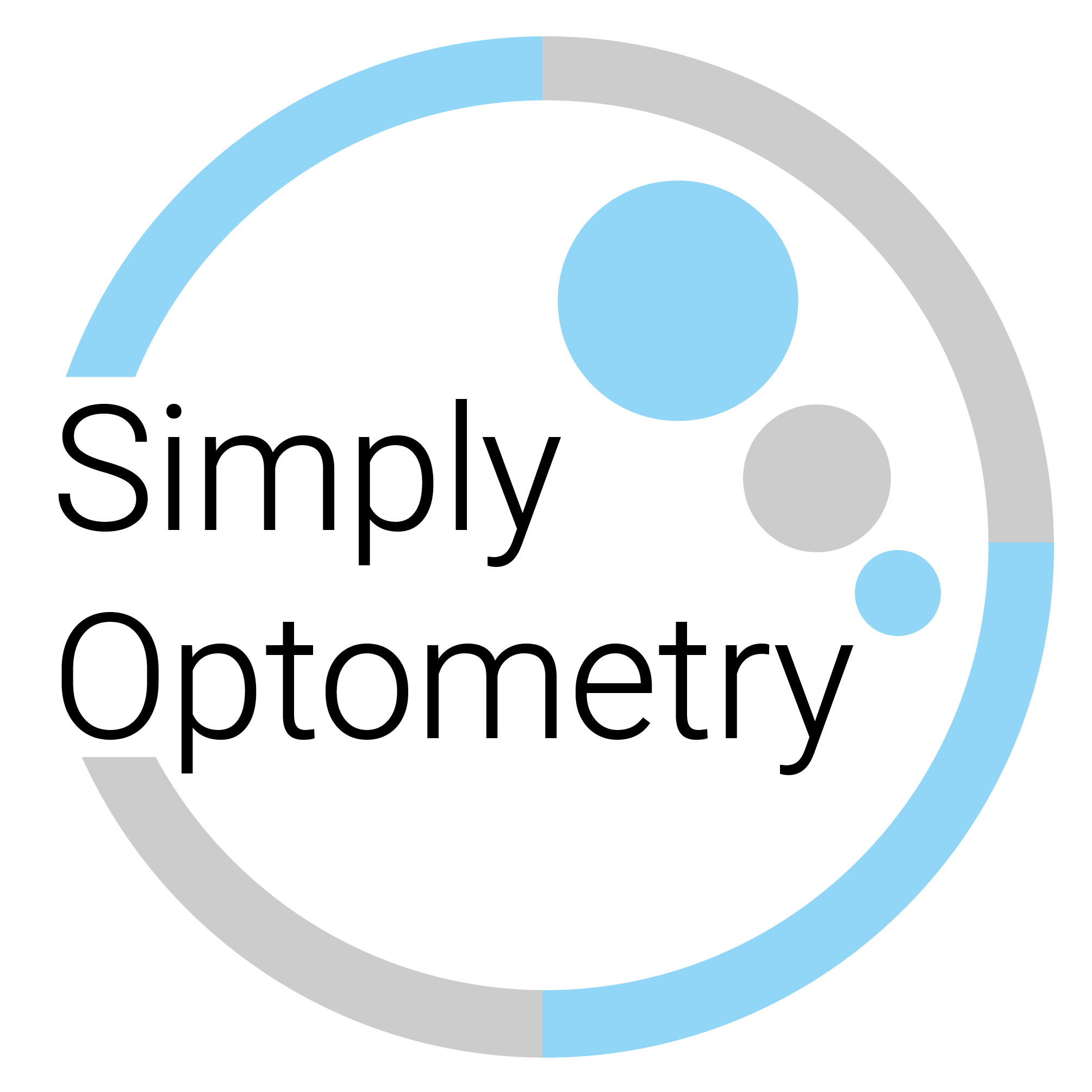WHAT IS DRY EYE?
Dry Eye is a condition that causes a myriad of symptoms from burning, eye strain, blurry vision, and, believe it or not, watery eyes. This under-treated problem is something that many suffer from, yet very few are effectively treated for Dry Eye. There are many systemic health conditions associated with Dry Eye such as rosacea, Sjogren's syndrome, lupus, rheumatoid arthritis, and thyroid eye disease, but there are also several everyday activities that exacerbate the condition as well such as wearing contact lenses, working on a computer, or smoking. In fact, the most common side effect of LASIK is Dry Eye. Many medications can also cause Dry Eye, such as antihistamines, anti-depressants, birth control, and Parkinson's medications. Environmental factors such as dry weather and pollution also make Dry Eye worse. The condition can be either chronic or temporary, depending on the underlying causes.
DRY EYE SYMPTOMS
The most common complaints associated with Dry Eye are burning eyes, a gritty sensation on the eyes, redness, intermittent blurry vision, crustiness on the eyelashes, and watery eyes. These symptoms can range from mild to severe, and when symptoms become severe, the sensation is often described as painful or extremely sensitive. Depending on what is causing the dryness, symptoms can present at varying times of day.
Most of the symptoms experienced by patients as a result of Dry Eye are caused by damage to the surface of the eye. Just like how skin becomes rough and cracked in dry conditions, the surface of the eye can experience the same thing if it is chronically dry. As you can imagine, eyelids blinking over a dry surface is uncomfortable, similar to using your windshield wipers on a dry windshield. In addition to the discomfort, vision can also be affected because a smooth layer of tears is necessary for clear vision. If the tears are uneven, dried out, or poor in composition, it does not allow your vision to be properly focused.
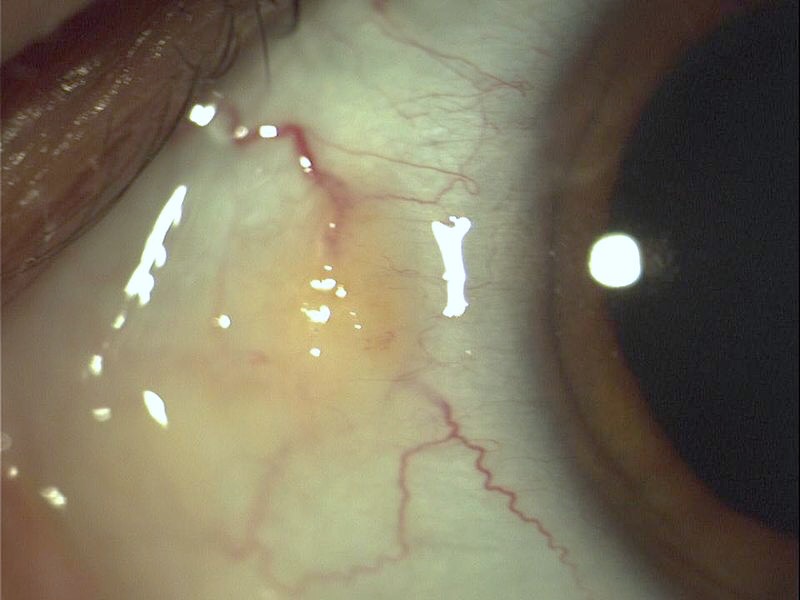
DRY EYE EVALUATION AND CARE
At Simply Optometry, our doctors can run tests to not only determine if our patients have Dry Eye, but also determine the cause of the condition. There are two main types of Dry Eye, and most often patients will have a combination of the two types.
AQUEOUS-DEFICIENT DRY EYE
Patients with this type of Dry Eye have decreased tear production and therefore lack of normal tear volume. This type of dryness is diagnosed by measuring tear production volume and checking the concentration of salts in the tears. Aqueous-deficient Dry Eye is best treated with a regimen of artificial tears or punctal plugs that prevent the drainage of tears away from the eye.
Artificial tears can be found over the counter in many types, but our doctors can recommend a type appropriate to each situation. Medicated prescription drops, such as Restasis, have been shown to increase tear production with consistent use over two to three months and may be prescribed by our doctors if seen as the appropriate treatment option. Xiidra is another example of a medicated eye drop designed to reduce ocular surface inflammation in order to help the eyes produce healthy tears.
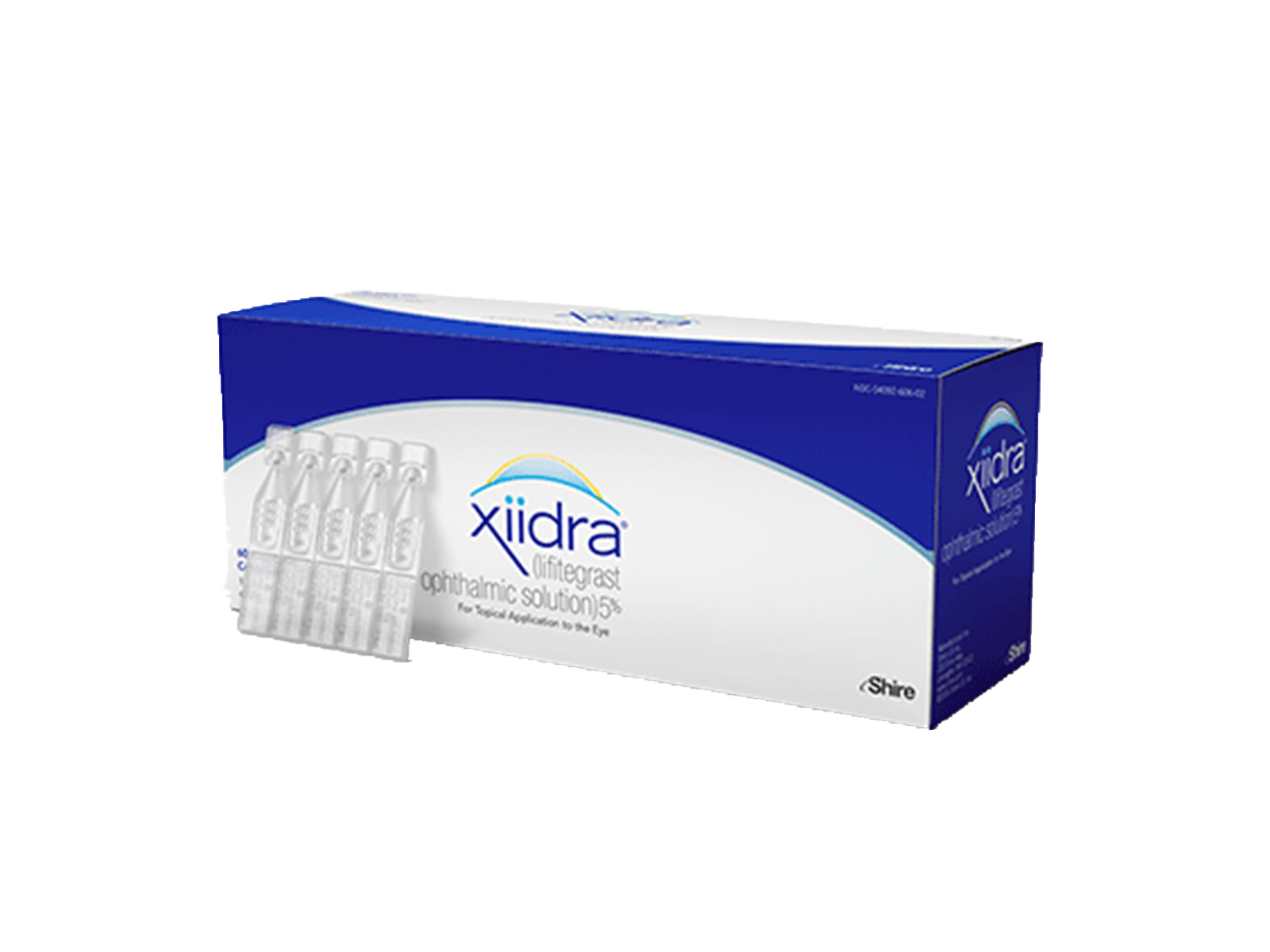
EVAPORATIVE DRY EYE
Patients suffering from evaporative Dry Eye may be producing tears normally, but the tears produced are unstable and quickly evaporate, or dry up. Because the tears evaporate so quickly, the lacrimal gland, which produces tears, sometimes overreacts by overproducing tears, resulting in watery eyes. It is counter-intuitive to think that watery eyes may be a symptom of Dry Eye, but dryness typically triggers the wateriness in evaporative Dry Eye.
The stability of the tear film and the health of the oil glands around the eyelids are indicators that help our doctors diagnose evaporative Dry Eye. The best treatment options for this condition are lipid-based artificial tears, eyelid hygiene, omega-3 supplements, and warm eyelid massages. A mild steroid eye drop may also be used to reduce inflammation as necessary. Once the eyes start producing healthy, stable tears, symptoms will improve dramatically.
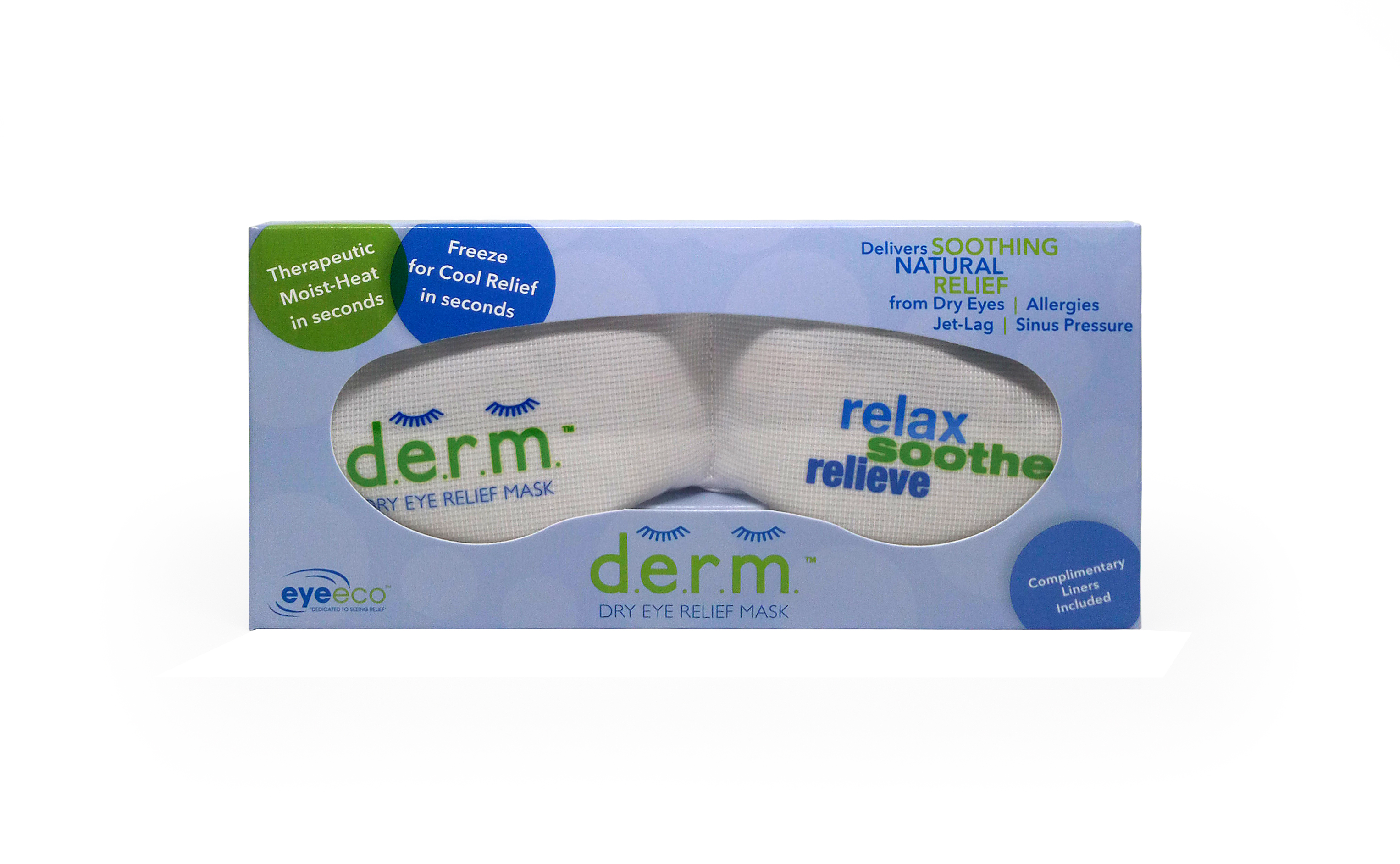
DRY EYE PREVENTION
In cases where Dry Eye is not caused by an underlying health condition, there are ways to control the dryness and prevent it from getting worse, depending on the situation. Here are a few helpful tips to use in your daily life:
LIMIT CONTACT LENS WEAR
Contact lenses are often a major contributor to Dry Eye. These lenses are constantly absorbing tears throughout the day, so after long hours of wear, dryness will become increasingly worse as the day goes on. Limiting contact lens wear to 8-10 hours a day is best, and if the lenses must be worn longer than that, artificial tears formulated for use with contact lenses are available to control dryness during the day. It has been shown that in the long run, contact lens over-wear will lead to worsening Dry Eye.
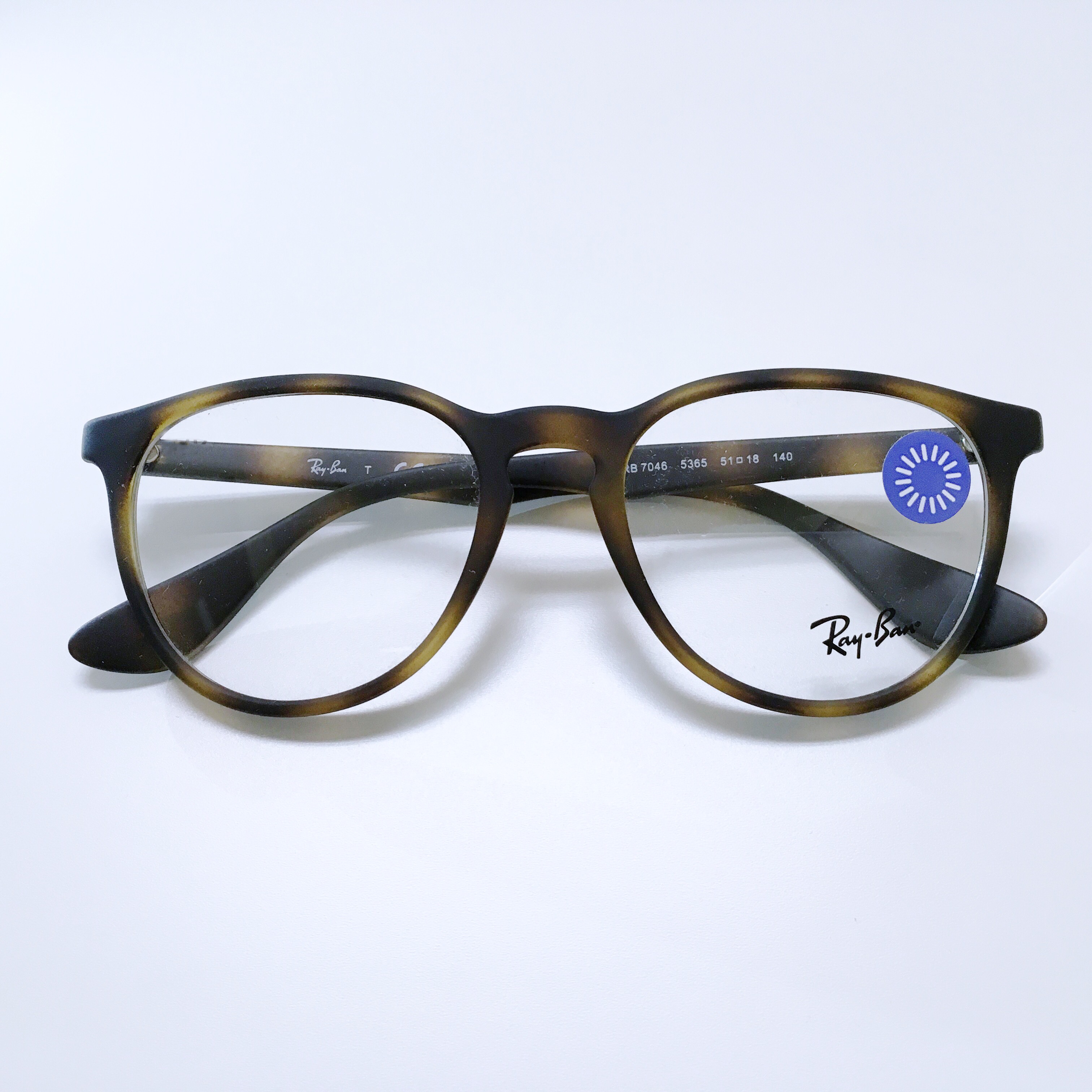
BLINK YOUR EYES!
It sounds a bit silly, but it is an important practice to consciously blink your eyes throughout the day. It has been shown that blink rates drop by 50% on average while an individual is working on a computer or reading. This means that for most people, their tears are surfacing irregularly throughout the day, which causes tear instability and, inevitably, dryness. Taking frequent breaks throughout the day and doing blinking exercises is more important than ever given how much time the average person spends on electronics in this day and age.
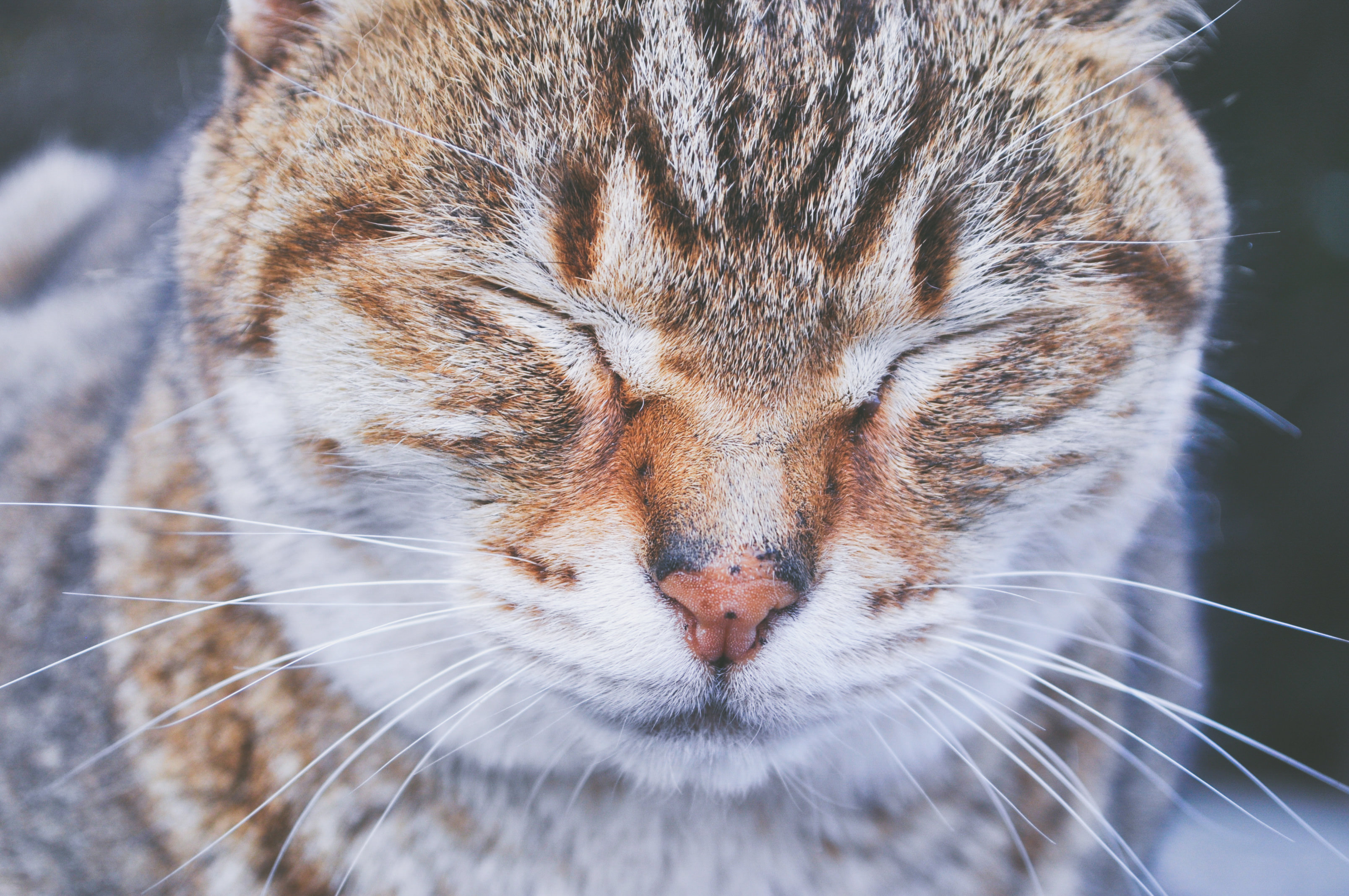
USE ARTIFICIAL TEARS
Some people avoid using artificial tears in the fear that they will become dependent on them, but in fact the opposite effect is true. Using a good artificial tear as recommended by our doctors actually prevents dryness both in the short and long term. Think about how lotion helps moisturize skin. Artificial tears help moisturize the eyes and boost natural tears so that the eyes can stay healthy. It is especially important to use drops frequently while spending time in dusty, dry, air conditioned, or windy environments. Make sure to avoid any drops that claim to remove redness- these are not the proper drops to treat Dry Eye!
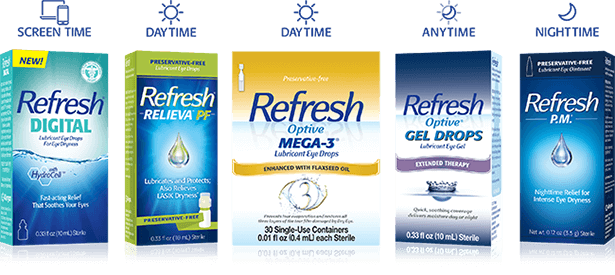
WEAR SUNGLASSES
Wearing sunglasses help protect your eyes from exposure to the wind and sun, both of which can dry up your tears more quickly than average. Sunglasses also help tremendously while driving to protect your eyes from your air conditioning, which is a very common cause for symptoms while driving. Sun damage can make your eyes develop areas on the ocular surface that are especially prone to drying out- these can also be prevented with proper UV protective eye wear. This is an underrated way to prevent dryness symptoms, and it has the added benefit of preventing eye diseases such as cataracts as well!

ORDER ARTIFICIAL TEARS
Visit our online shop for Refresh artificial tears to get your supply!
Free Shipping for all orders over $30!

- Contains oils to protect against tear evaporation
Click Here for More Information
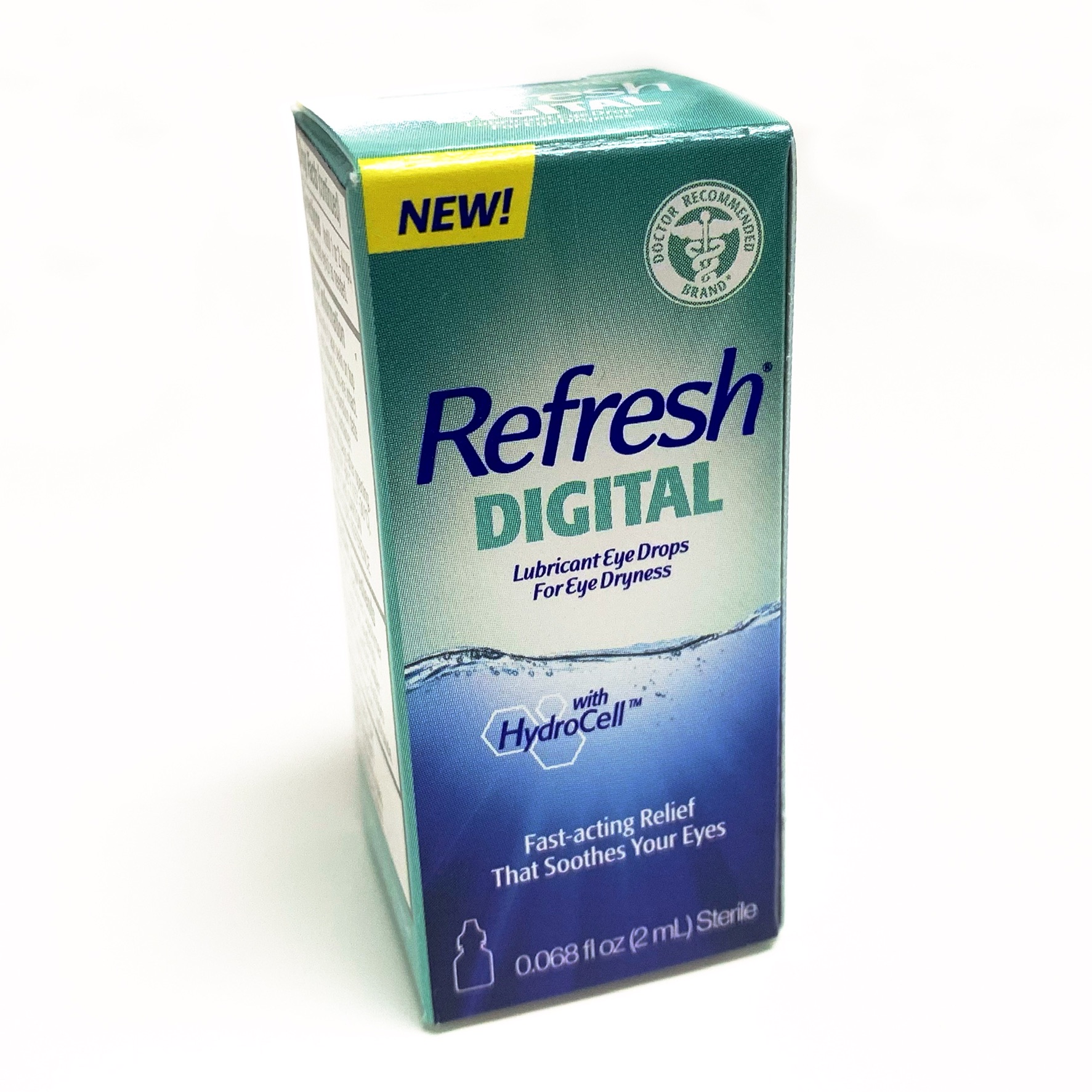
- Extended for relief and comfort for those with evaporative dry eye
Click Here for More Information
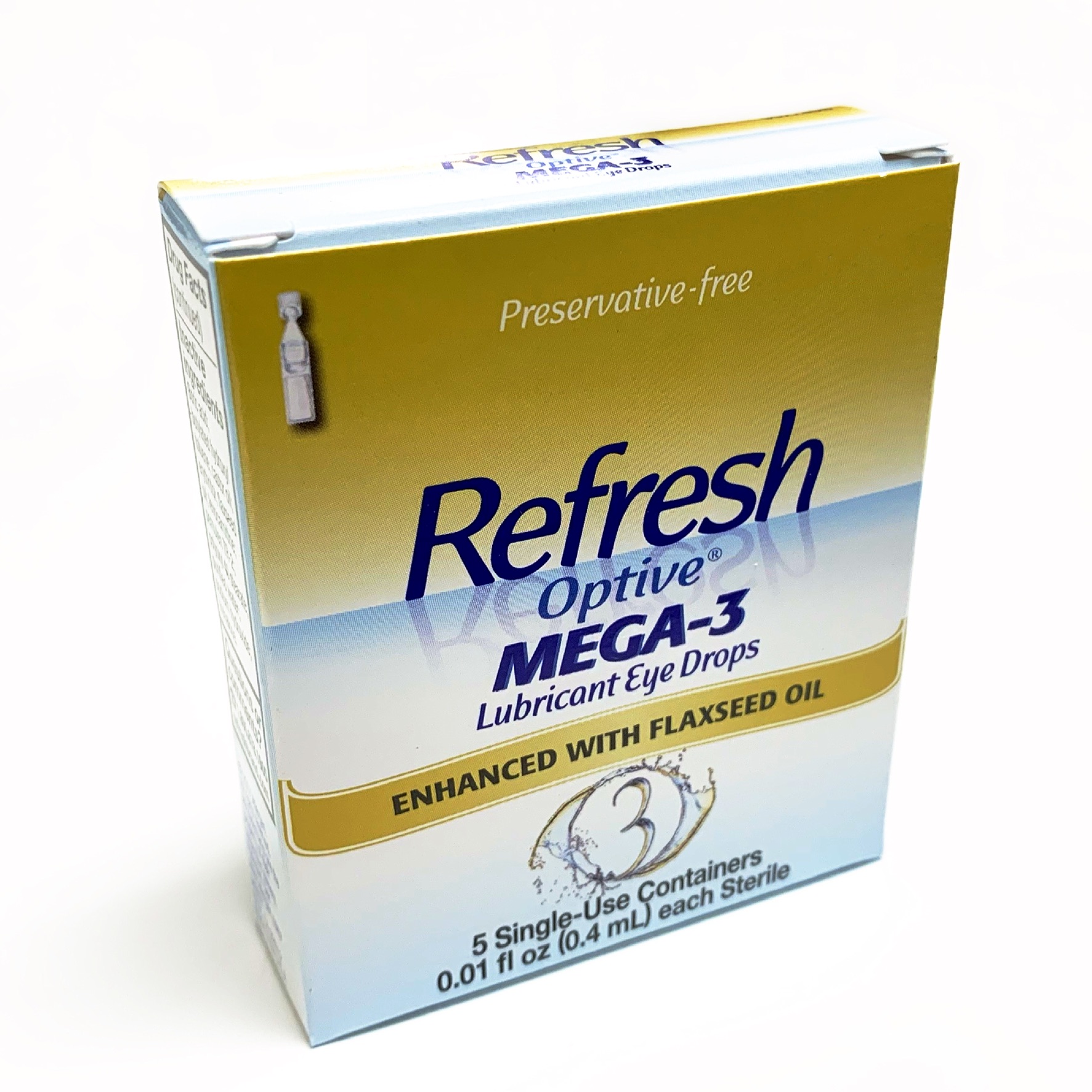
- Available in Preservative-Free
Click Here for More Information
